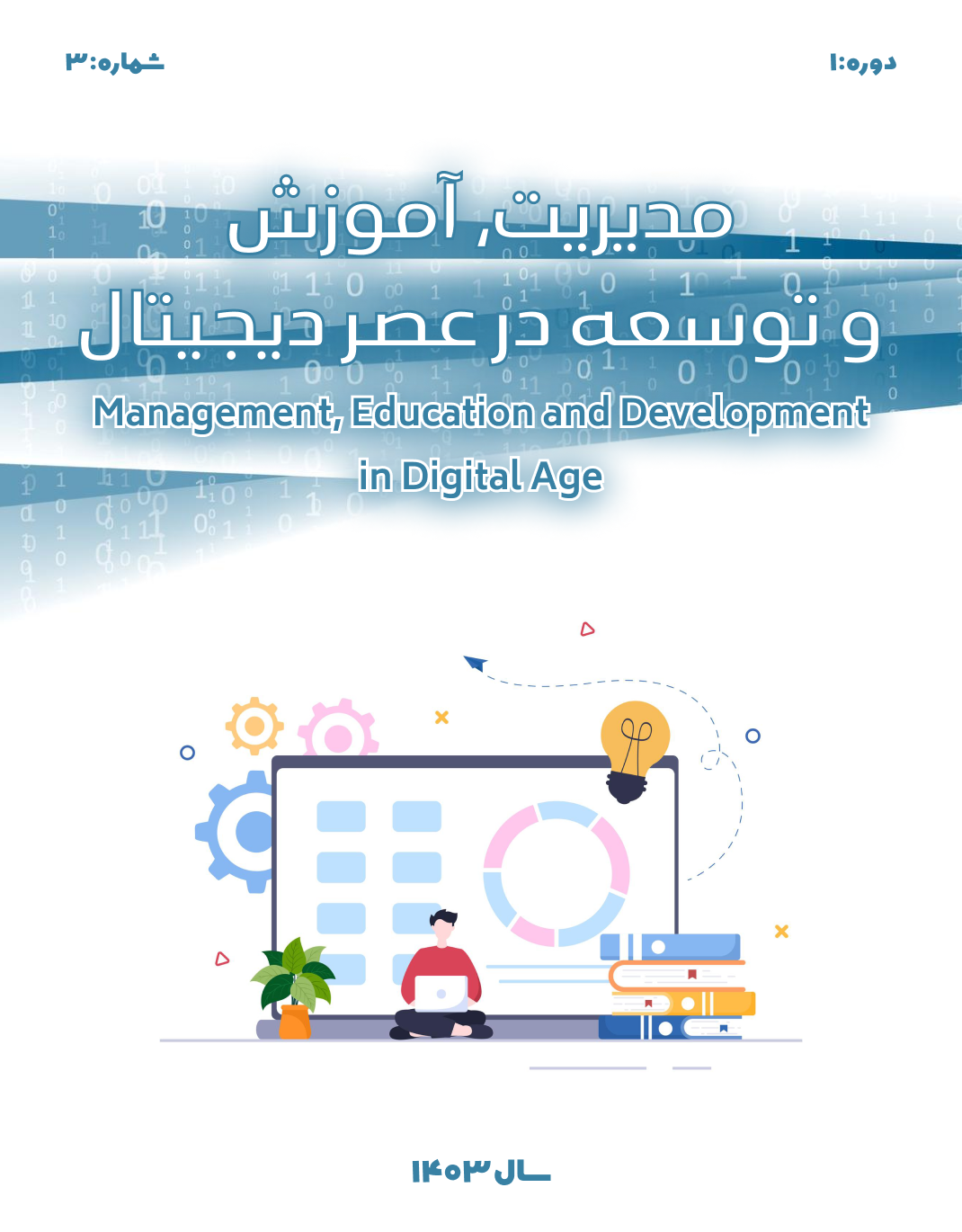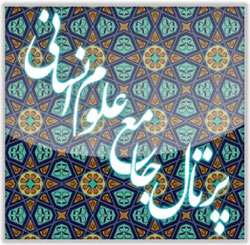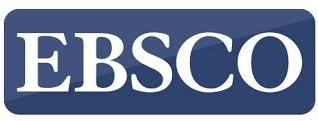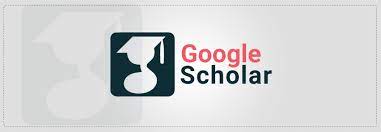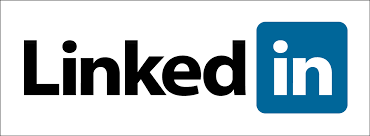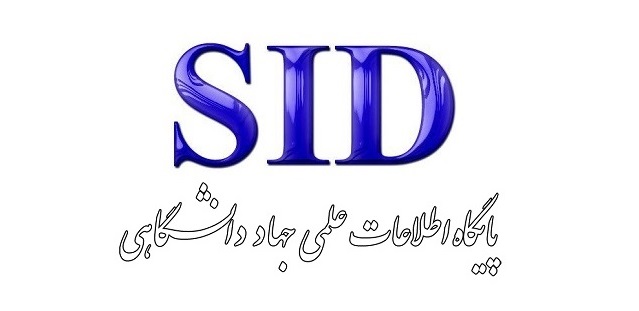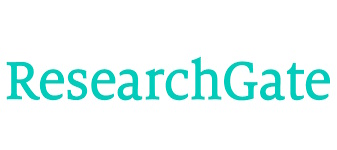ارائه مدل توسعه خلاقیت حرفهای دبیران ریاضی درمقطع متوسطه کشور عراق
کلمات کلیدی:
خلاقیت, خلاقیت حرفهای, دبیران ریاضی درمقطع متوسطه کشور عراقچکیده
پژوهش حاضر با هدف ارائه مدل توسعه خلاقیت حرفهای دبیران ریاضی درمقطع متوسطه کشور عراق انجام گرفته است. پژوهش حاضر از نظر گردآوری دادهها، تحقیق توصیفی-پیمایشی و از نظر اهداف نیز، تحقیقی کاربردی با رویکرد آمیخته محسوب میشود. جامعه آماری پژوهش در مرحله اول پژوهش (بخش کیفی) شامل خبرگان آموزش و پرورش و متخصصین مرتبط با موضوع در دانشکدههای علوم تربیتی و مدیریت اموزشی دانشگاههای کشور عراق میباشد که با استفاده از روش نمونهگیری هدفمند و با اشباع نظری تعداد 12نفر به عنوان نمونه انتخاب شدند. در بخش کمّی پژوهش جامعه آماری شامل دبیران ریاضی در مقطع متوسطه استان واسط کشور عراق است،که در حال حاضر مشغول به تدریس میباشند. با استفاده از جدول نمونهگیری کرجسی و مورگان و روش نمونهگیری ترکیبی (خوشهای- طبقهای) تعداد 246 نفر دبیر ریاضی به عنوان نمونه آماری انتخاب شدند. ابزار گردآوری داده در بخش کیفی مصاحبه نیمه ساختار یافته بود که روایی آن با استفاده از روش بررسی توسط اعضا و بازبینی توسط همکاران تایید شد. و در بخش کمی از پرسشنامه محقق ساخته در 51گویه به عنوان ابزار گردآوری ادادهها استفاده شد. روایی پرسشنامه با استفاده از نظر اساتید و خبرگان و پایایی آن با استفاده از آلفای کرونباخ در مجموع برای کل پرسشنامه معادل 870/ به دست آمده وتایید شد. به طور كلی در سطح آمار توصیفی از شاخصهایی همچون جداول و نمودارهای توزیع فراوانی، میانگین و انحراف استاندارد و از شیوههای کدگذاری و نقلقولنویسی در بخش کیفی و روشهای آمار استنباطی همچون آزمون تی و مدل یابی معادلات ساختاری در بخش کمی استفاده شد. نرم افزار مورد استفاده SPSS و لیزرر و ایموس میباشد. با توجه به نتایج مهمترین مولفههای خلاقیت حرفهای در بین دبیران ریاضی کشور عراق در قالب دو بعد اصلی شامل سطح مدرسه 6 بعد و سطح معلمان 7 بعد شناسایی شد. این شاخصها در قالب دو دسته عوامل سطح مدرسه (21 شاخص)، عوامل سطح معلمان (24 شاخص)، دستهبندی شدند. در بخش ساختاری نیز مدل روابط بین متغیرهای پژوهش مدل اندازه گیری متغیرها با برازش مناسب تایید شد.
دانلودها
مراجع
Akbari, S., Khorshidi, A., Faghih Aram, B., Salimi, A., & Barzegar, N. (2020). Explaining a Talent Management Promotion Model in Amin Police Sciences University. Police Knowledge Research Quarterly, 22(1), 35-65. https://www.sid.ir/paper/958370/en
Asad, H. R., Mahmoudi, A. H., Shirzad Kibriya, B., & Hamidi Far, F. (2021). Identifying Dimensions, Components, and Indicators for Enhancing Managerial Skills in the Metro Company within a Conceptual and Paradigmatic Model. Educational Management Innovations Quarterly, 16(2), 35-56. https://en.civilica.com/doc/1488587/
Bicer, A., Aleksani, H., Butler, C., Jackson, T., Smith, T. D., & Bostick, M. (2024). Mathematical creativity in upper elementary school mathematics curricula. Thinking Skills and Creativity, 51, 101462. https://doi.org/10.1016/j.tsc.2024.101462
Damanik, J. (2024). Unlocking Teacher Professional Performance: Exploring Teaching Creativity in Transmitting Digital Literacy, Grit, and Instructional Quality. Education Sciences, 14(4), 384. https://doi.org/10.3390/educsci14040384
Hadar, L. L., & Tirosh, M. (2019). Creative thinking in mathematics curriculum: An analytic framework. Thinking Skills and Creativity, 33, 100585. https://doi.org/10.1016/j.tsc.2019.100585
Hamrang, H., Ghanbari Panah, A., Abolmaali Al-Husseini, K., & Sepah Mansour, M. (2019). Explain the relationship between creativity and students' academic adjustment mediated by academic motivation. Innovation and Creativity in the Humanities, 9(35), 60-25. https://journals.iau.ir/article_671556.html?lang=en
Hosseini Largani, S. M. (2019). Designing an Innovative Curriculum Model in Iran's Higher Education System: A Qualitative Study. Research and Planning in Higher Education Quarterly. https://sid.ir/paper/67989/en
Jafarloo, G., Sharifi, N., & Sharifi, H. P. (2019). Presenting a Model for Predicting Creativity Based on Hardiness, Self-Efficacy, Perfectionism, Parents' Education, and Family/Relatives' Creative Background, Mediated by Achievement Motivation in Students. Innovation and Creativity in the Humanities. https://en.civilica.com/doc/930211/
Kasirer, A., & Shnitzer-Meirovich, S. (2021). The perception of creativity and creative abilities among general education and special education teachers. Thinking Skills and Creativity, 40, 100820. https://doi.org/10.1016/j.tsc.2021.100820
Khodabandeh Baigi, I., & Sharifi, S. M. (2021). Assessing the Fit Between Organizational Climate and Creativity Emergence in IRIB News Agency Staff. Interdisciplinary Communication and Media Studies Quarterly, 4(1), 11-44. https://jiscm.iribu.ac.ir/article_132304.html?lang=en
Kong, L. K., & Chang, Y. C. (2019). The effect of teachers' savoring on creative behaviors: Mediating effects of creative self-efficacy and aesthetic experience. International Journal of Educational Methodology, 5(3), 325-335. https://doi.org/10.12973/ijem.5.3.325
Lindawati, M., Wulani, F., & Runtu, J. (2024). The Effects of Servant Leadership, Occupational Commitment, and Work Engagement on Creativity of Teacher. Kinerja, 28(2), 210-224. https://doi.org/10.24002/kinerja.v28i2.9117
Mozaffarzadeh, A., & Abbasi, M. (2022). Investigating the Role of Principals and Teachers in Fostering Student Creativity and Methods for Cultivating Creativity in Schools. Quarterly Journal of New Research Approaches in Management and Accounting, 6(86), 1206-1226. https://majournal.ir/index.php/ma/article/view/1779
Oke, T. I., & Kefas, S. R. (2019). Education and Human Resources Planning for Sustainable National Development in Nigeria. KIU Journal of Humanities, 3(4), 17-25. https://ijhumas.com/ojs/index.php/niuhums/article/view/412
Orkibi, H., & Ram-Valson, N. (2019). Linking trauma to posttraumatic growth and mental health through emotional and cognitive creativity. Psychology of Aesthetics, Creativity, and the Arts, 13(4), 416-425. https://doi.org/10.1037/aca0000193
Paek, S. H., & Sumners, S. E. (2019). The indirect effect of teachers' creative mindsets on teaching creativity. The Journal of Creative Behavior, 53(3), 298-311. https://doi.org/10.1002/jocb.180
Pazin, A. H., Maat, S. M., & Mahmud, M. S. (2022). Factors influencing teachers' creative teaching: A systematic review. Cypriot Journal of Educational Sciences, 17(1), 240-254. https://doi.org/10.18844/cjes.v17i1.6696
Rafles, H., Fadhlan, F., & Asmar, A. (2018). A Strategy of Human Resources Pass through the Education and Training. Adabi: Journal of Public Administration and Business, 1(1), 16-31.
Rahbar, A., Jomeh, S. M., Asareh, A., & Hosseini Dehshiri, A. (2022). Explaining Creativity-Oriented Curriculum Elements for Teacher Education (Synthesis Research). Innovation and Creativity in the Humanities. https://journals.iau.ir/article_692278.html?lang=en
Rashidi, B., Abedi, A., & Norouzi, G. (2022). A Creativity Training Model Based on the SEM Enrichment Model for Gifted Students: A Qualitative Study. Analytical-Cognitive Psychology Quarterly. https://journals.iau.ir/article_696834.html?lang=en
Rastgar, A., Saif, M. H., & Ali Mohammadi Madanlouei, Z. (2018). The Relationship Between Components of Principals' Authentic Leadership Style and Teachers' Positive Teaching Emotions: The Mediating Role of Social Capital. Psychological Journal of School Management, 6(2), 163-185. https://elmnet.ir/doc/2042519-51141
Saeedi, A. (2022). Investigating the Relationship Between Teacher Creativity and Student Creativity. Teacher's Educational Literacy, 2(1), 1-20. https://en.civilica.com/doc/1625725/
Sajjadi, M. S., Shahmoradi, S., & Salimi, M. (2020). The Impact of Robotics Construction Training on Critical Thinking, Creativity, and Math Learning in Lower Secondary School Students in Tehran. Innovation and Creativity in the Humanities, 10(3), 17-40. https://journals.iau.ir/article_668209.html?lang=en
Salimi, M., Jalali, M., & Yousefi Tazakor, M. (2019). Architectural Requirements of Schools With a Focus on Enhancing Students' Creativity and Abilities. Journal of Architecture Studies(192), 185-113. https://elmnet.ir/doc/2212033-14378
Setiawan, R., Mardapi, D., Aman, & Karyanto, U. B. (2020). Multiple intelligences-based creative curriculum: The best practice. European Journal of Educational Research, 9(2), 611-627. https://doi.org/10.12973/eu-jer.9.2.611
Shabani, M., Maleki, H., Abbaspour, A., & Saadipour, E. (2018). Designing a Creativity-Based Curriculum Model in a Corporate University. Curriculum Planning Research Quarterly. https://www.sid.ir/paper/127468/en
Shah Rostam Beig, T. (2022). Identifying and Examining the Components of Creativity. Monthly Journal of Human Sciences Horizons, 6(64), 35-52. https://civilica.com/doc/1882667/
Shariati, M., Shirazi, M., Hosseini Dehshiri, A., & Modarres, M. (2019). Cognitive Variables Inhibiting Creativity Among Medical Students. Journal of the School of Medicine, Tehran University of Medical Sciences. https://tumj.tums.ac.ir/article-1-10218-en.html
Shokoohi Amirabadi, L., Delavar, A., Abbasi Sarouk, L., & Koushki, S. (2018). Content Analysis of the Fundamental Reform Document of Education Based on Creativity and Happiness. Innovation and Creativity in the Humanities. https://www.sid.ir/paper/223415/en
Siregar, Y. (2023). Increasing the Competence of Vocational Education Teachers With 4C Skills-Based Training Management (Critical Thinking, Creativity, Communication, Collaboration). https://doi.org/10.4108/eai.19-9-2023.2340493
Taghvaei Yazdi, M. (2018). The Relationship Between Foresight in Curriculum and Student Creativity. Curriculum Planning Research Quarterly. https://sid.ir/paper/127475/en
Tahvildari, B., Khorshidi, A., Araghiyeh, A., Khosravi Babadi, A. A., & Faghih Aram, B. (2020). Presenting an Effective Training System Model for the Ministry of Oil Headquarters Staff. Quarterly Journal of Human Resource Management in the Oil Industry, 11(44), 343-372. https://en.civilica.com/doc/1718216/
دانلود
چاپ شده
ارسال
بازنگری
پذیرش
شماره
نوع مقاله
مجوز
حق نشر 2024 محمد فرید راضی الحکیم (نویسنده); محمد بهروزی; الساعدی خضیر عباس جری, بدری شاه طالبی (نویسنده)

این پروژه تحت مجوز بین المللی Creative Commons Attribution-NonCommercial 4.0 می باشد.
